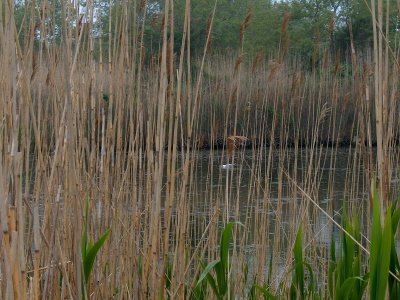Before we get into actual teas and recipes, there are more basics to learn. First for learning, but then to always have reference guides. There is sooo much to know, even after Years I still grab my books. There is just too much info to keep it all in one mind, especially if new situations arise, or rare situations. Like I treated a friend's boils, back in 1985...If someone comes to me with boils today, I will sure have to look back at my notes and do new research specific to the new person, before I treat them.
I have slips of paper with notes stuffed in my books, journals, notebooks and recipe books...everywhere. My kids tried to corner me once to try and put everything in digital format, but that is not the way I work. Those crinkled page edges, or remembering I need to look for a blue paper, or I wrote something on a paper bag...that is how I find my old notes best. But no matter what way works best for you personally, be prepared to take down notes and have a place to write/type your thought process, as well as your final recipes. The last is super important, so if you need to make more of the same tea or remedy, you can, easily.

BOOKS
Which books to have on hand, and which become your go to books, will evolve over time. Not everyone works well in the same format. I prefer sectioned books, some text style, and others with good photos.
This is my all time favorite book, as you can see by the wear and notes stuffed in it everywhere :)

David teaches, and actually has courses one can take to become licensed...so his books are also good to have if you plan on going to that level.
This is a sectioned book, covering in basics, everything from chemistry to body systems and has a holistic approach to healing.


There are sections that cover the Actions and Constituents, and which plants they relate to...

Which also have cross reference in the alphabetical listings of individual plants...

Another go to book, which I don't use as often, but I Love for it's photos...

In identifying plants, photos can be very helpful, and these are broken down with fresh, dried, powdered, oil, tincture etc...


These books both have all of the proper precautions and warnings for each plant, which is very very important as well.
Always keeping in mind, that each ailment, and each Person needs to be researched in depth, before treating. Like Hyssop in the last photo...it clearly says that it is good for chesty colds, and bronchitis...but you need to know Which kind of bronchitis, and what kind of mucous is in the bronchi...is it white, green, yellow, or is it a dry spasmodic cough? Is there a fever? What is the skin tone, eye and tongue colour, everything needs to be taking into account to prepare the correct remedy.
There are tussins which help produce more fluids to flush out the lungs...but then there are anti-tussins which will dry up the mucous if one is coughing up globs of phlegmy mucous and choking on it. You need to cross reference each herb's actions and constituents with the symptoms...and then add in secondary herbs to reduce other symptoms, or boost the effect of the main herbs...check for allergies, and watch how the person responds to the tea...and be prepared to make adjustments.
It is rarely as simple as looking in one book, seeing something and then thinking you can just whip up a tea and fix everything. It can take hours to really research and develop a remedy.
However, once you learn the basic herbs, and remember what they do...in an emergency the memories will kick in and you will know exactly what to do, quickly and efficiently, to stabilize the person.
Plant Identification
There are many field guides out there, which can help to identify various plants if you are wildcrafting. But I would recommend learning Plant Anatomy. If you do, you will be able to identify plant families, and often specific plants, just by looking at them. Knowing plant anatomy and families also helps if you are growing herbs, knowing which grow well together, which cross pollinate and which balance the soil for each other...etc.
The Anatomy of Plants, is a good book to begin with, but I am sorry I cannot take a photo as my daughter has the book right now.
Cultures
I tend to blend various ways of using herbs...some Eastern, some Western, and some Traditional...but I decided that here I am going to stick to Western, because it will be easiest to access for everyone who wants to learn.
And that is all for today...I hope you enjoyed :)
This is a {Steemit Original} All words and photos by Elew
To read my other Medicinal Herb posts...
@elew/teas-oils-ointments-and-balms
@elew/medicinal-tea-vs-commercial-tea
@elew/herbal-prep-infusion-and-decoction
@elew/herbal-prep-oil-infusion
@elew/herbal-prep-on-essential-oils-what-are-they-really
